Parang: the past, the present, and the future…
While reading this article on Parang take a listen to these Parang mixes
Parang is a genre of music with a disputed past and a disputed future. Such is the confusion that even its name has many different definitions. Some say the word ‘Parang’ means ‘to party’, whilst others say that it means ‘to travel for the sake of pleasure’. What is for certain though, is that this form of Caribbean music has been at the heart and soul of Trinidad for centuries, and has a few more years left in it still.
The music
Parang bands, which are sometime known as ‘Parenderos’, usually feature four to six singers. These are joined by musicians playing guitar, cuatro, mandolin, toc-toc, violin, box bass, cello, bandol, tambourine, clapper, wood block pollitos, scratcher, tiple, and maracas.
The origins of Parang
Some have suggested that Parang was introduced by Spanish monks, others that it came from Venezuela. Spanish missionaries came to Trinidad between 1498 and 1797, to convert the population to Catholicism. It has been argued that they introduced Parang, which often features Christian lyrics, in an attempt to popularise their religious beliefs. But this theory has been questioned, for whilst the words in Parang songs may be Christian, the up-tempo beat has no equivalent in traditional Spanish culture, so it is unlikely that is was invented by the Spaniards. This is why others have argued that Parang came from Venezuela; that migrant workers fleeing from the Bolivarian Revolution spread the genre whilst working on Trinidadian cocoa plantations. Parang music was the main form of entertainment on the cocoa estates, and the lyrics in many songs do make reference to Ecuador.
But it is the African elements of Parang which give it its unique flavour. Parang vocals combine a tense nasal Spanish style of singing, with a relaxed and varied African style. The box drum which is used in Parang is a variation of the African zanza mbira. So whether Parang came from Spain or Venezuela, it is clear that it has African roots.
Are people still interested in Parang?
In a word, ‘yes’. Whilst Parang may not be heard all year round, it has become a bit of a festive treat. Parang is the music of the Christmas period in Trinidad. Its sound is ubiquitous from the last week of November until the 6th of January. During this period it features on Trinidadian radio stations, TV shows and sound systems. Parenderos go from house to house, serenading friends and families with their sweet Caribbean sound.
Does Parang have a future?
Parang has a future, in the short term at least, as a seasonal genre. But as tastes evolve, it is being left to the older generation of Trinidadians to carry the flame. The ‘National Parang Association’ are working hard to ensure that Parang survives in its purest form. They organise an annual festival, and host a Parang competition in Trinidadian schools. They are campaigning to get Parang added to the curriculum, included in the Grammies, and exported abroad. But their funds are limited, government support is at a premium, and copyright infringements are causing traditional Parang musicians to suffer. So the association do have their work cut out.
Yet whilst traditional Parang may remain the preserve of an ageing generation and folk music aficionados, a newer form of this genre is evolving. Modern parenderos are combining Colombian and Cuban music into their repertoire. Using electronic instruments, they are creating new forms of Parang called ‘Aguinaldos’, ‘Guarapos’ and ‘Despendidas’. Soca and Calypso have fused with Parang to create ‘Soca-Parang’, which features English lyrics; other parenderos have experimented with Indian drumming too.
So whilst traditional Parang may be dying out, modern Parang still has a vibrant and varied future.


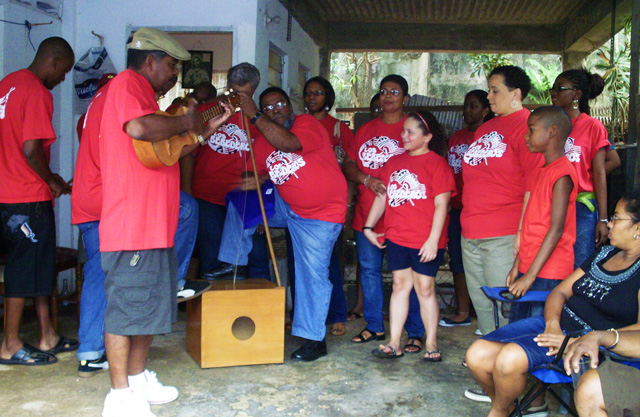
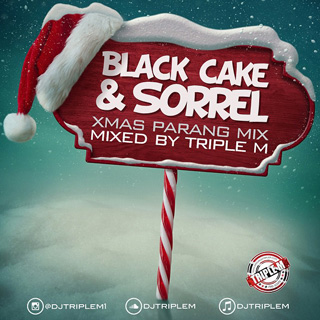
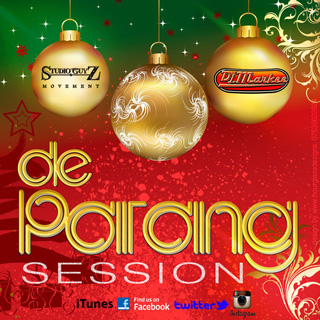
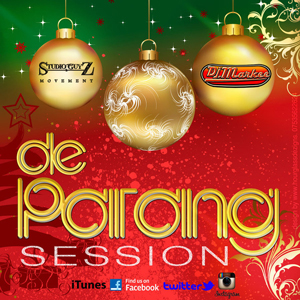
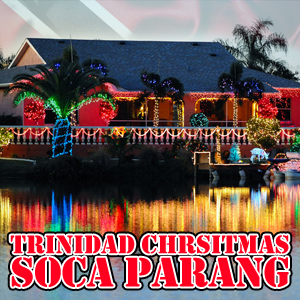
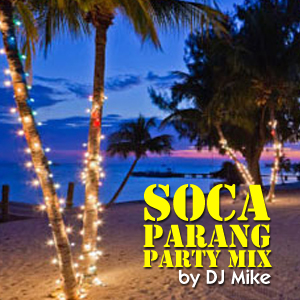
Comments
No comment yet.